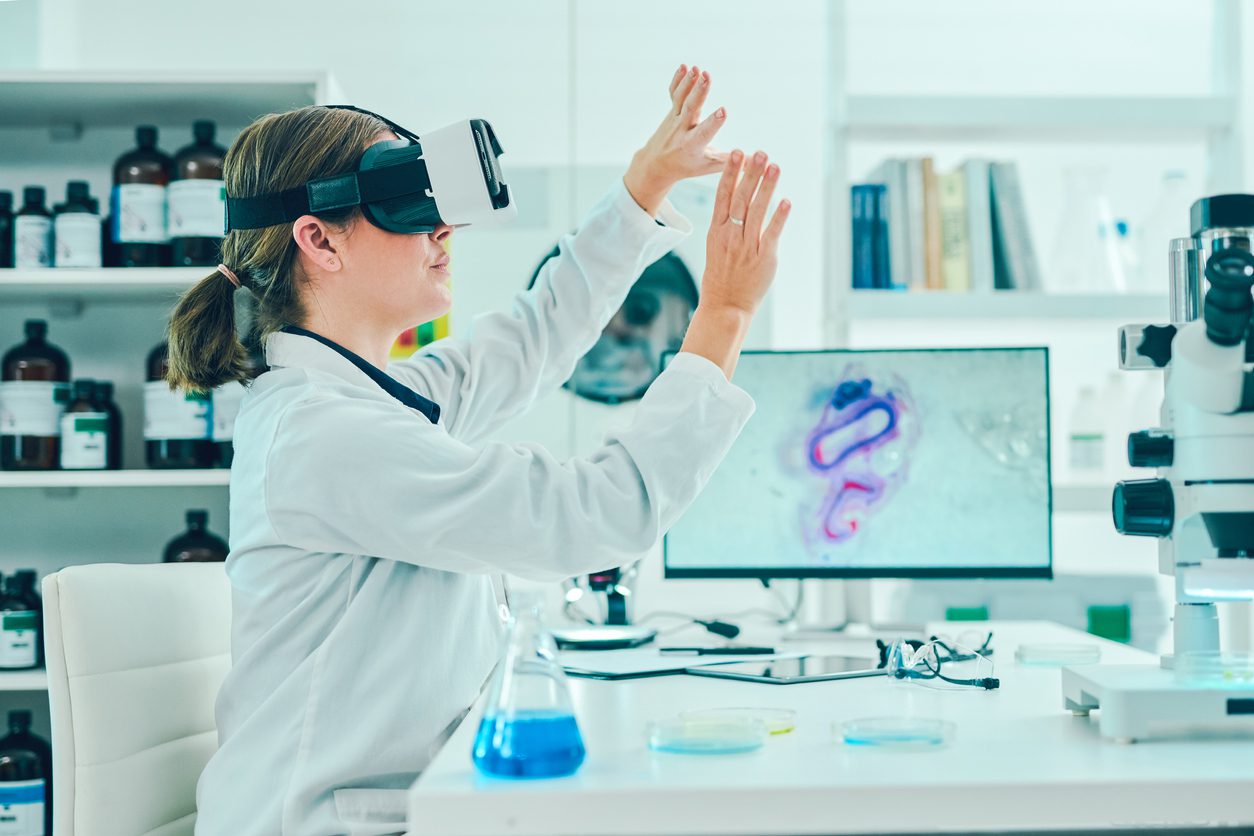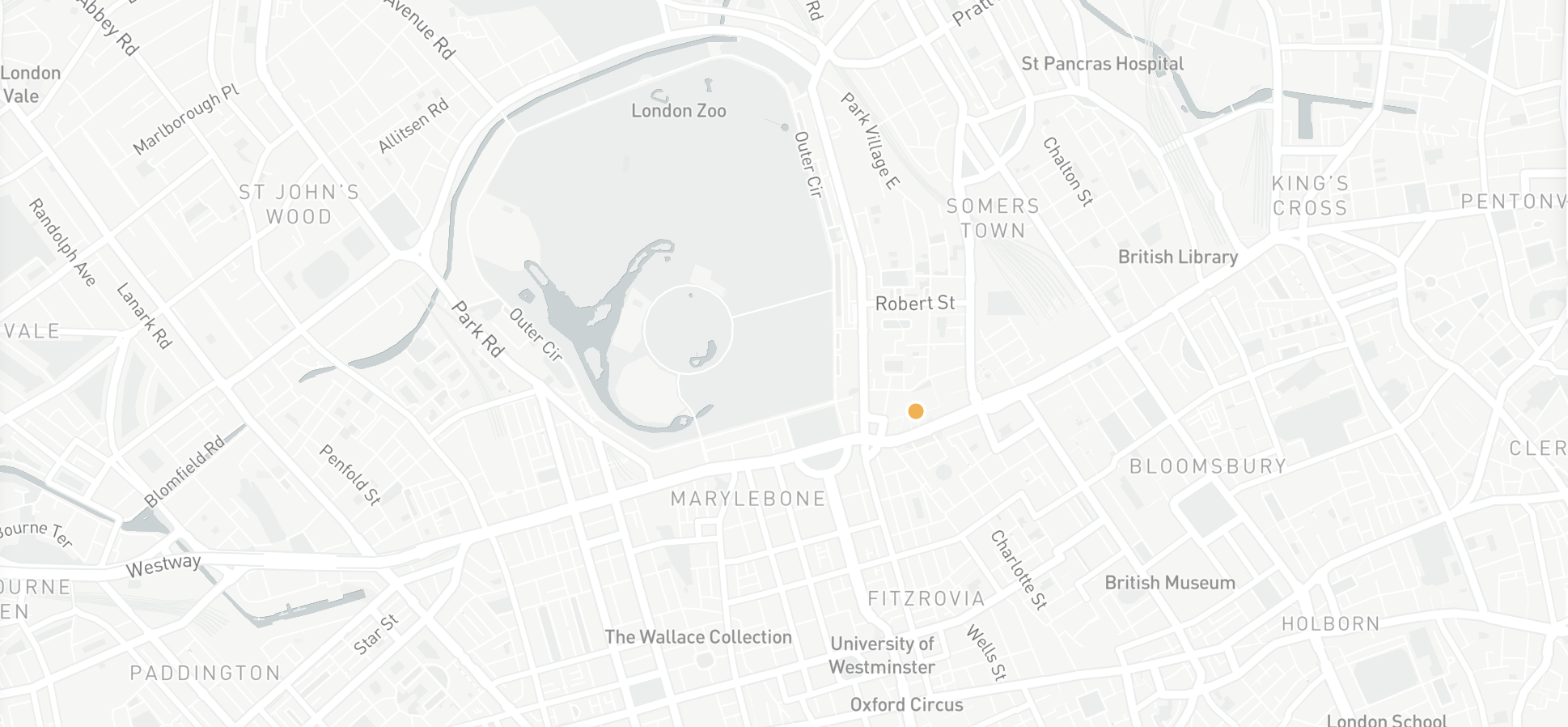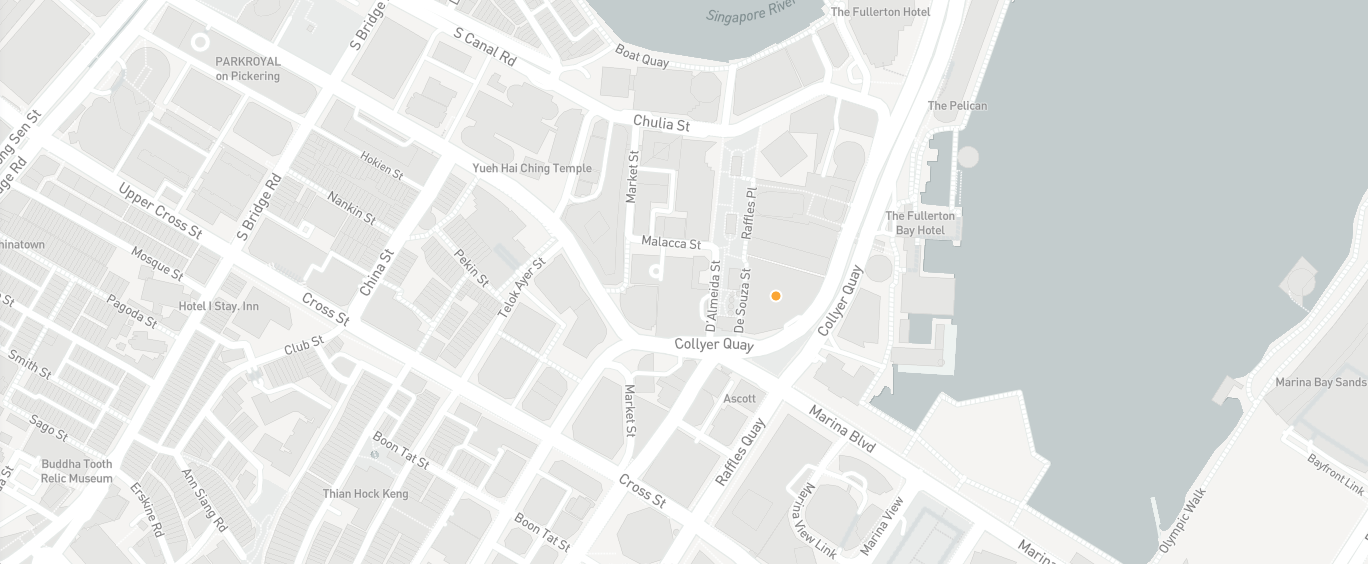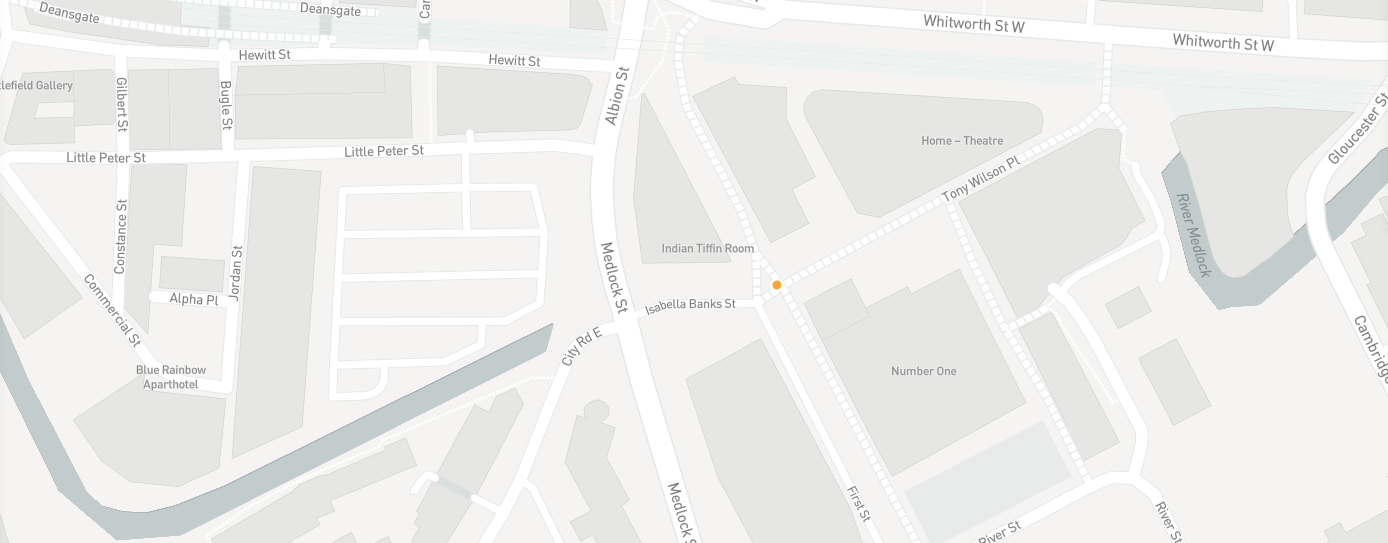The 7 essential technology buzzwords to know this year
In today’s technological age, it feels like there are almost daily advances in IT. In fact, keeping up with every innovation can feel like a full-time job. But if you’re looking to take your career in tech to the next level, there are certain phrases you simply won’t be able to ignore.
And while you may not need to fully understand every single brand-new development, a grasp of where the industry is heading is a must. We’ve compiled a list of the top 7 buzzwords that you need to know.
Take a look so you can stay a step ahead of the curve for the next 12 months.
1. Computer vision
What is it?
Ever wished you could pop a picture of the perfect sunset into a search engine and find out where it is? With computer vision, you can.
As the name suggests, your computer can “see” what you’re looking at and obtain information based on its view. Computer vision allows you to enter smartphone pictures (whether that’s items, places, objects and even people) into a Google image search to bring up detailed results on who, what or where it is.
Computer vision in a single sentence: Computer vision enables computing devices to extract detailed information from visual images.
Why do I need to know about it?
It’s already being used to help facilitate facial recognition for security purposes. In Dubai airport, for instance, it’s speeding up the security process (and obtaining valuable customer data that can inform future decisions in the process) but will soon be used for marketing, analytics and communications too.
2. Connected Retail
What is it?
If you’ve ever been frustrated by the poor service in a store compared to its excellent online offering, then this next buzzword might just be for you.
Connected retail is the bridge that links physical and digital retail. The idea is that through a cloud-based ecosystem, a business can create a holistic approach to customer service.
Disney World has used this method to great effect by offering smart wristbands to guests as they enter the park so that they can tailor their journey around the park and receive bespoke offers as they make their way around.
Connected retail in a sentence: The link between the online and offline customer experience.
Why do I need to know about it?
Because it’s another advancement that’s set to grow exponentially. Not only will it provide benefits to customers via a bespoke user experience, it will also allow brands to access a wealth of digital insights, giving savvy businesses all manner of opportunities to stay ahead of their competition.

3. Hyper-automation
What is it?
Worried about an artificial entity emulating you online or taking your job? It might be time to look away now. Like something out of a 60s-era sci-fi novel, hyper-automation involves the creation of a self-sufficient AI bot that can carry out human tasks and – to an extent at least – assess tasks in the way that humans can.
Hyper-automation in a sentence: A digital bot that can carry out complex and sophisticated human tasks.
Why do I need to know about it?
We already have the cutting-edge capabilities right now. It uses the advanced technologies of AI and Machine Learning to augment human roles and even carry them out in place of humans (again, to an extent). But panic not, hyper-automation is not being developed to do away with employees. Rather, it’s to free staff from the more mundane aspects of their jobs so that they can focus on the bigger picture.
4. Voice-as-User Interface (VUI)
What is it?
“Alexa, tell me the seven IT buzzwords I need to know for this year.”
Voice-as-User Interface has exploded in the last five years with the likes of Siri, Alexa and Google Home all becoming commonplace in our homes. It’s definitely become an innovation we had no idea we needed a few years ago – many people now couldn’t live without these handy virtual assistants.

Voice-as-User Interface (VUI) in a sentence: An interface that allows us to interact with machines using our voices.
Why do I need to know about it?
Experts predicted that a whopping 50% of searches would be carried out with voice searched by the end of 2020. But even so, voice activation can already be seen on computers, controllers and digital dashboards, no doubt enhanced by a seamless and intuitive user experience.
The old process of taking your phone out of your pocket and typing something into Google looks positively inconvenient by comparison. And thanks to Machine Learning and IT, our interactions with VUIs will only improve the more we use them. Get ready to wave goodbye to keyboards.
5. Multi-experience
What is it?
Tired of only being able to answer your work emails on your work phone and computer? We thought not. Nevertheless, the multi-experience development platform will develop user interfaces, so they’re updated for voice, augmented reality and wearables.
The idea is that a multi-platform experience will allow users to work to the best of their abilities using multisensory and multi-touchpoint interfaces. In theory, it should make a working day a lot easier.
Multi-experience in a sentence: The single computer or platform model of working is transformed into a multi-touchpoint experience that includes wearables, sensors, and cloud-based tools to make workers more productive.
Why do I need to know about it?
As the experience evolves it’s likely to become more immersive, including virtual and augmented reality features. It’s a relatively new concept but one that looks set to grow in both usefulness and popularity. In a few years’ time we’ll wonder how we managed without it.
6. Blockchain
What is it?
Let’s face it, we’ve all heard of blockchain, but how well do most of us understand it, let alone use it? Invented all the way back in 2008, Blockchain was intended to serve as a record keeper for bitcoin, the online currency that eschews banks or institutions. Basically, it’s the technology that allows users to exchange bitcoins in a safe way. Essentially, it keeps a record of each bitcoin transaction to protect it from fraud or forgery.
Blockchain in a single sentence: The technology that safeguards all cryptocurrency transactions.
Why do I need to know about it?
The potential for blockchain is huge. Though still a relatively underground form of technology, blockchain only gets more secure – even banks are using the tech to carry out mammoth transactions. Blockchain seems to be an incorruptible encrypted recordkeeper that might just change the way we do currency. How this may affect us is still unknown, so we wouldn’t be surprised if it was still making buzz-phrase lists in 10 years’ time.

7. Internet of things
What is it?
If you’ve ever wanted to boil the kettle from the comfort of your own bed, then the Internet of Things (IoT) is here to do just that – and a whole lot more. Increasing in popularity, the IoT is another perennial buzzword.
Essentially, it allows more and more things to connect to the internet and to each other for a seamless end-user experience. Mobile devices, wearables, electronics, vehicles, and consumer devices all ‘speak’ to one another so that our reality becomes a whole lot more interconnected.
The Internet of Things (IoT) in a single sentence: A virtual network that connects multiple devices that interact and cooperate with each other resulting in an interconnected reality for users.
Why do I need to know about it?
For companies, the IoT can benefit all manner of operations. From increasing automation opportunities to maximising efficiency and savings, the interconnectedness IoT can offer has the potential to truly transfer the way businesses go about their, well, business.
Conclusion
The rate of technological advancement doesn’t appear to be slowing down. In fact, the more advancements we make, the more possibilities open up. By staying up to date with these developments, you place yourself and your business one step ahead of the competition.
Click here for the latest news and features from SEFE Marketing & Trading or visit our homepage to find out about our latest career opportunities.
The views, opinions and positions expressed within this article are those of our third-party content providers alone and do not represent those of SEFE Marketing & Trading. The accuracy, completeness and validity of any statements made within this article are not guaranteed. SEFE Marketing & Trading accepts no liability for any errors, omissions or representations.









